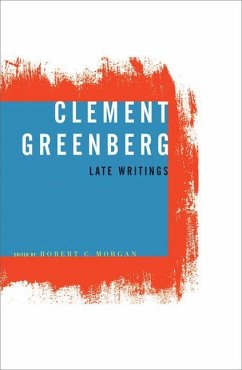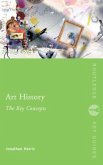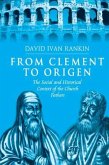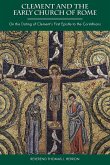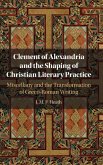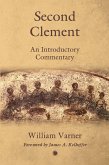This is the first collection of Greenberg's writings from 1970 to 1990, where he explores a surprising breadth of issues and mediums with philosophical insight.
Clement Greenberg was a colossus of twentieth-century American art, achieving a degree of authority almost unimaginable for a critic today. This essential volume is the first collection of his writing for the period from 1970-1990, and includes five interviews in which Greenberg illuminates the progression of his thought.
Hinweis: Dieser Artikel kann nur an eine deutsche Lieferadresse ausgeliefert werden.
Clement Greenberg was a colossus of twentieth-century American art, achieving a degree of authority almost unimaginable for a critic today. This essential volume is the first collection of his writing for the period from 1970-1990, and includes five interviews in which Greenberg illuminates the progression of his thought.
Hinweis: Dieser Artikel kann nur an eine deutsche Lieferadresse ausgeliefert werden.

